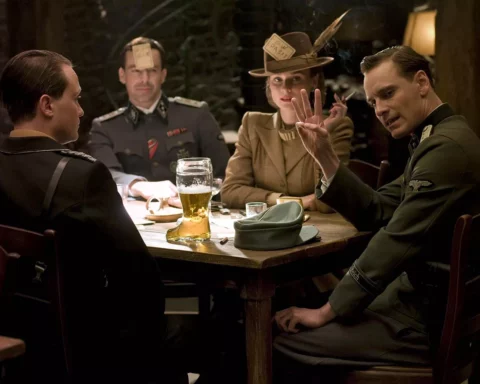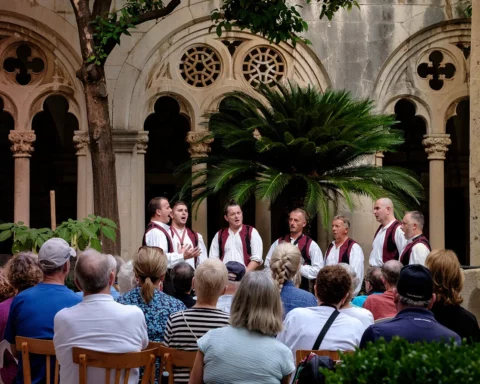A well-versed traveler in Central Europe will quickly notice that in Hungary, everything is slightly (sometimes vastly) different than anywhere else. From the unique language to people’s names (Hungarians like to introduce themselves with their surname first) to the marvelous coupling of Buda and Pest in the not-too-distant past. Many of these differences have their origin in geography.
Csikós, sons of the Great Plain
Namely, the Hungarian Alföld, or the Great Plain, was the apparent path forged from the east into the country, which ultimately added richness to the mix of Hungarian allspice. Being a convenient way to enter Central Europe, the Great Hungarian Plain developed its own unique culture, not dissimilar to that of one other country we usually associate with the Great Plains in the USA. The culture of Hungarian cowboys, or Csikós, as they’re called, owes its richness to two thousand years of pastoral lifestyle.

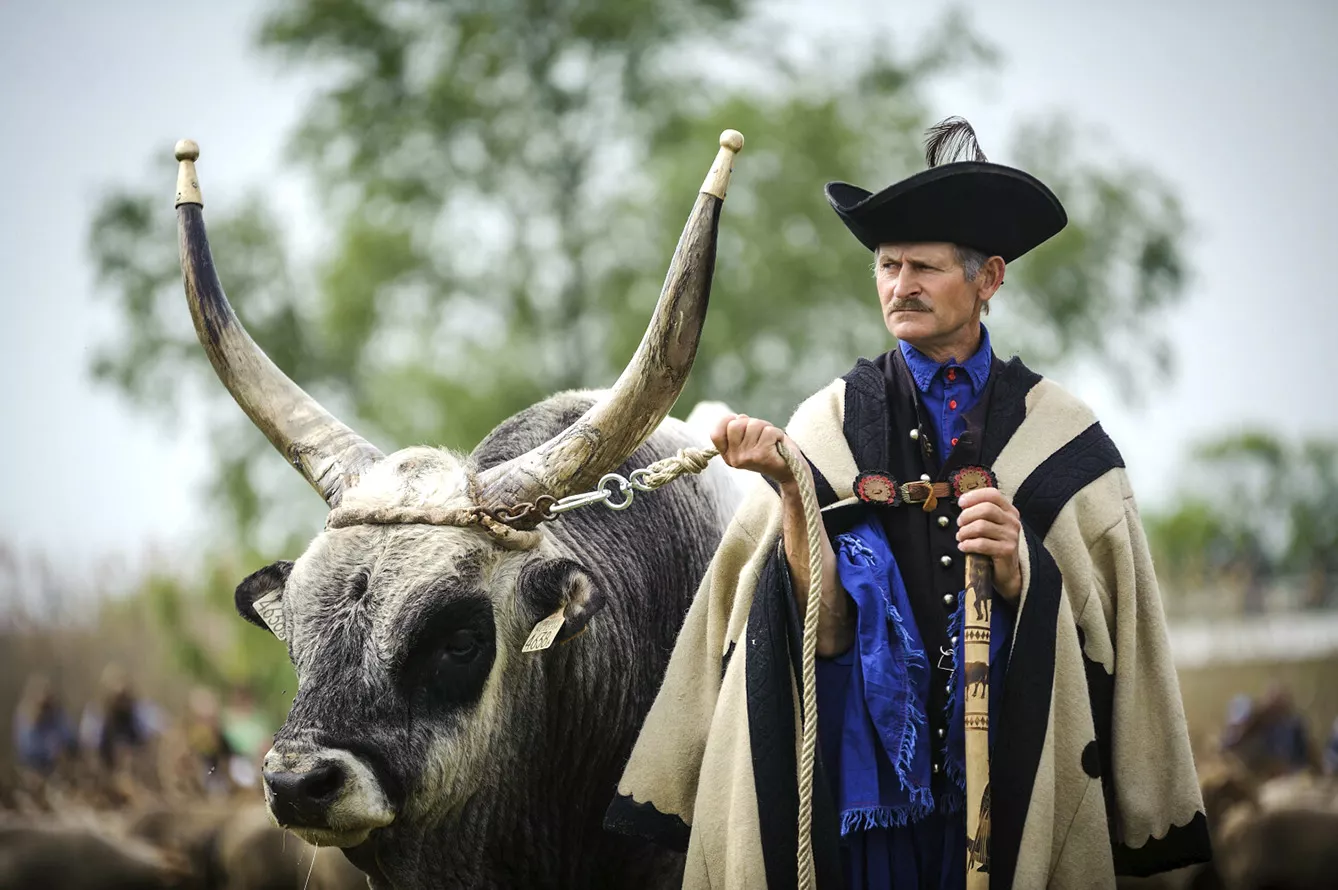
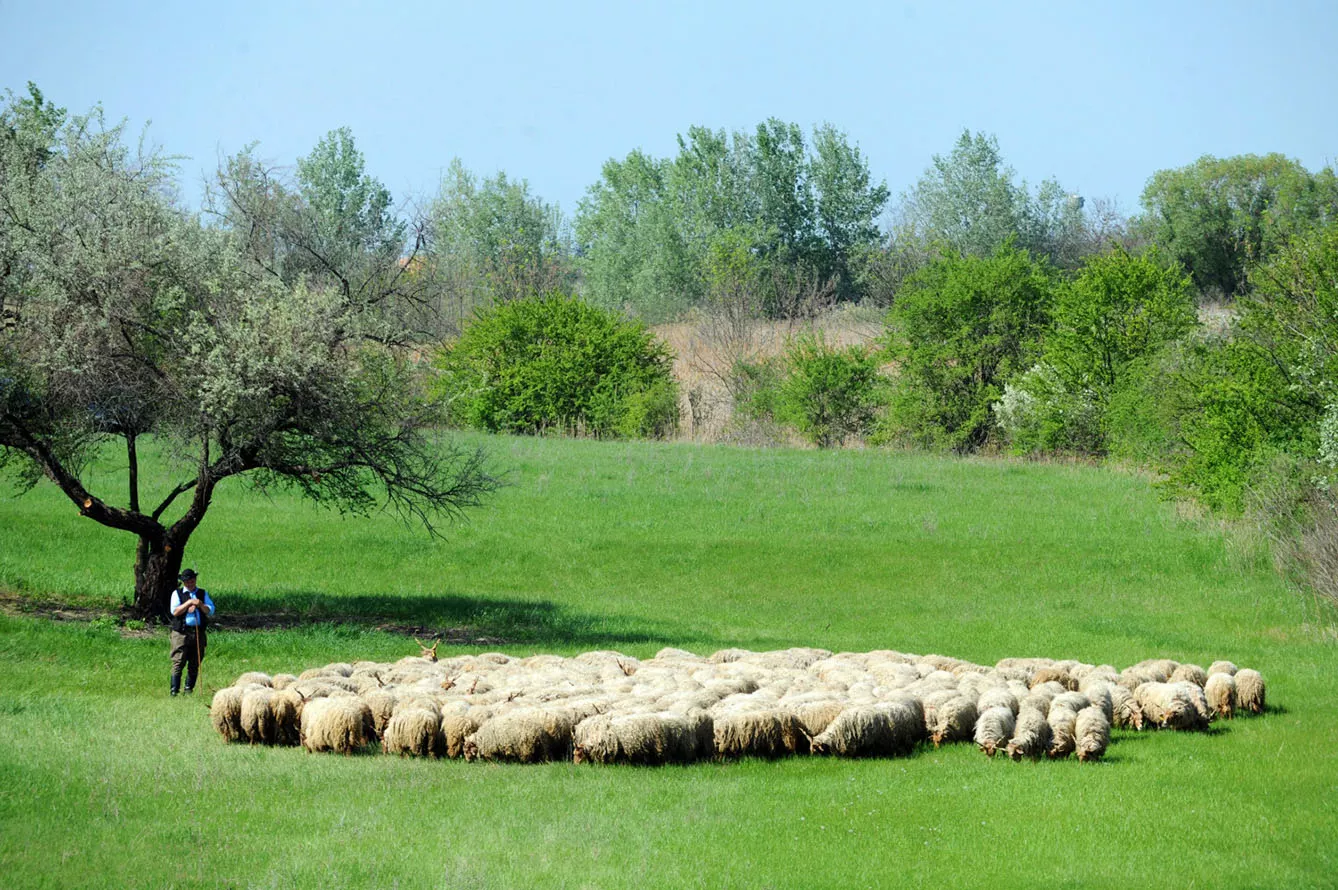

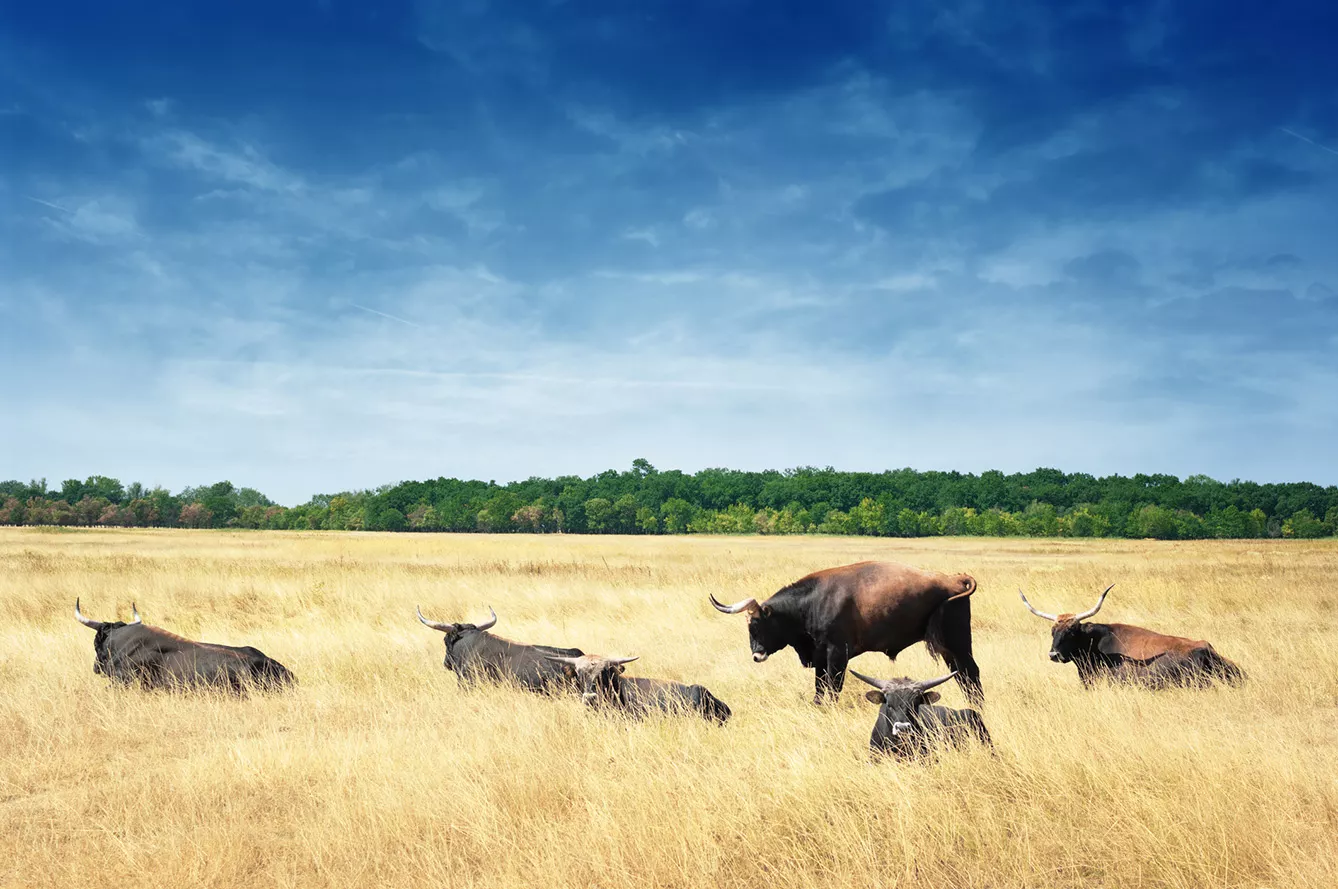
Stretching across half the country, the Great Hungarian Plain extends into neighboring countries of Romania, Serbia, and Croatia. It is home to “csikósok,” mounted herdsmen who live a semi-nomadic lifestyle forced upon them by the “puszta,” aka the name they’ve given to the rugged landscape with its alternating pastures and steppes.
Hungarian cowboys
Much like their American cowboy counterparts, csikósok are herdsmen by profession, later romanticized as easy riders and either lawless adventurers or self-appointed vigilantes. And if there was to be one thing cowboy-like in csikós’ life, it’s their relationship to their horses. Given that they are very skilled herdsmen, they are able to prove their skills with numerous feats.
The most impressive sight among them is a move with one horseman riding on two horses at the same time while driving three horses in front. Did we mention that he does this by standing on the horses’ backs? Not a bad way to prove your horse-riding prowess, right?
Well, in a funny twist to the story, only a hundred years ago, the sport was non-existent. In 1923, an Austrian painter by the name of Ludwich Koch painted one csikós riding in this style. Since the custom didn’t yet exist, it’s he likely just imagined it being unfamiliar with the actual Great Hungarian Plain culture.
The Puszta five
But Hungarians were not offended by the mythologization of their culture. On the contrary, one skilled horseman and riding coach, Béla Lénárd, was Hungarian-style stubborn enough that he decided he would just develop the skill himself. So thirty years after Koch’s strange vision, this distinctive style of horseback riding came to life. The “Puszta Five,” as it came to be called in the Great Hungarian Plain, is still practiced today.
In fact, the same is the case with many csikósok customs from the puszta. Take Hungarian culinary culture as an example: goulash is a typical herdsmen stew, and the word itself comes from gyulás, or cowboy. And, like goulash itself, csikós culture is a homogenous mix of rich plain cultural elements.



